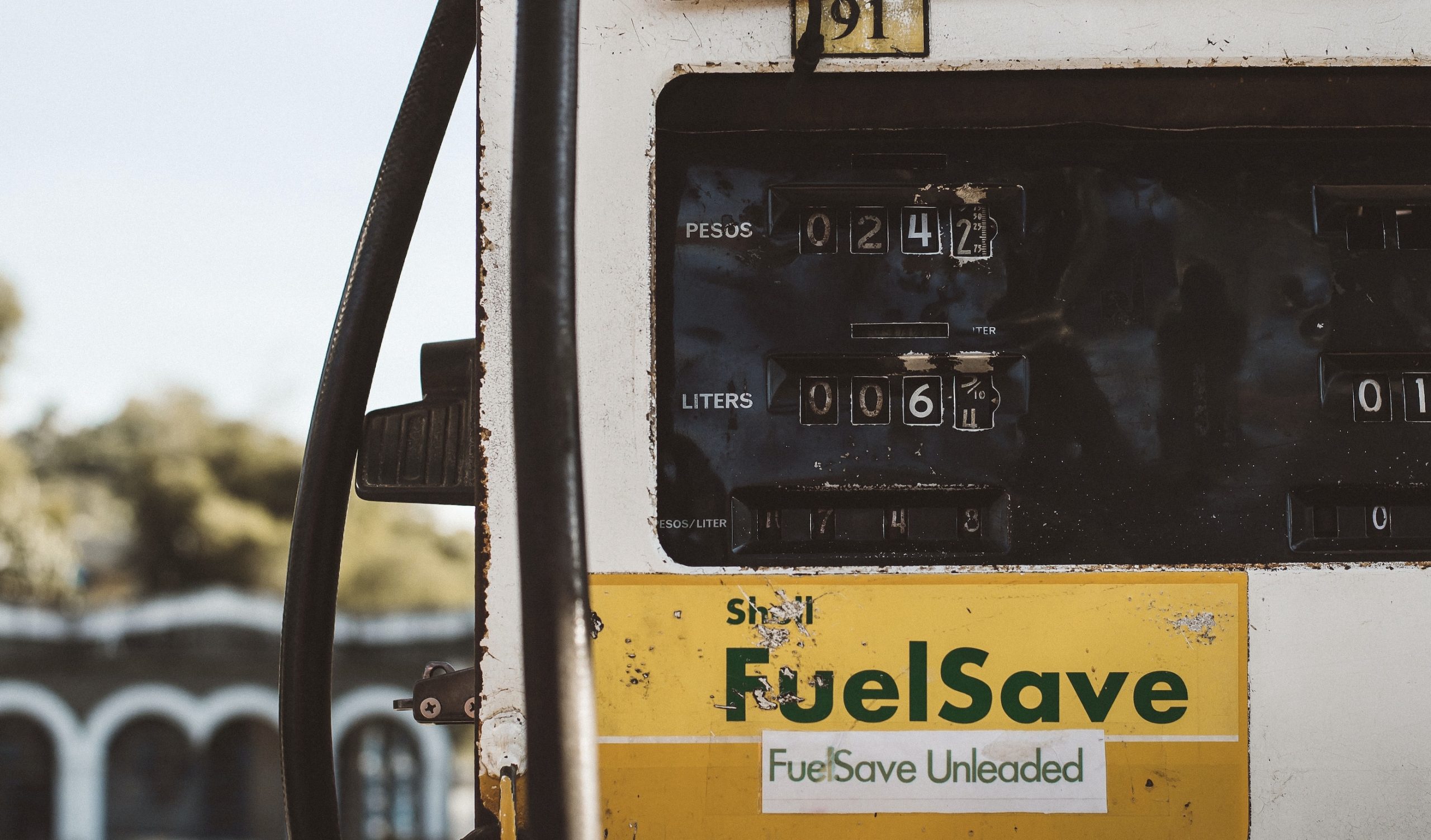That proof-of-stake switchover can’t happen soon enough and Ethereum gas fees are remain high. Very high.
And that’s a pity, because no one likes spending a lot of money just to make a transaction. Luckily for you, there are plenty of ways to save gas fees, ranging from gas tokens to Layer 2 scaling solutions.
Whether you’ve come here as an experienced Ethereum trader looking for the best ways to save gas fees, or as a newbie curious about the definition of Ethereum gas, here’s everything you need to know.
What is a gas fee?
Simply put, a gas fee is the cost required to make a transaction on the Ethereum blockchain. This cost is based on the computational power needed to perform the transaction. As you may have figured out already, the term is a reference to physical transport. It works in a similar fashion: if you want to move an item from A to B, it will require gas. And the bigger your transport, the higher the gas fee.
Gas fees are paid in tiny amounts of Ethereum called Gwei (Giga Wei) or Nano-Ether. The reason for that is that Ethereum’s exchange rates are very high, but it’s common to make small transactions. By using Gwei, we’re able to calculate even the tiniest of fees. The exact cost is determined by demand and supply, and used for all Ethereum blockchain transactions ranging from NFT trading to smart contract creation.
How to save Ethereum gas fees #1: Find the perfect time
The first (and arguably easiest) way to save on gas fees, is by tracking the current price on a website like Etherscan. This way, you can find the optimal time for your transaction. Most Ethereum crypto wallets will show you the gas fees as well, but they’re usually far less up to date.
Looking at the gas fee history is not just a great way to determine whether the current price is relatively high or low, but also to discover certain patterns. For example, just after the European workday, when Asia is asleep and the USA is still waking up, fees tend to be lower.
Also good to know: most Ethereum wallets give you the option to process the transaction at a slower rate, thus saving you some gas money. On top of that, you can usually enter the maximum gas fee you’re willing to pay. As long as it’s higher, the transaction won’t be processed.
How to save Ethereum gas fees #2: Gas tokens
If you’re willing to take this a bit further, you can buy gas tokens. It’s not that different from buying real-world fuel in a jerrycan; when the fees are low, you buy a token to use at a later date. The gas tokens take advantage of a refund feature when a smart contract is deleted.
In short, you save contract data while the gas fees are low, destroy the contract when fees are high, and then use that extra space for your “real” transaction. Gas tokens were first introduced by GasToken.io, but there are more options out there today.
How to save Ethereum gas fees #3: Use Layer 2
Finally, you might want to try Layer 2 scaling solutions such as sidechains and rollups. In short, a sidechain is another blockchain connected to Ethereum. It can handle your Ethereum transaction for a lower gas fee (basically outsourcing it) through a “lock-and-release” method. A well-known Ethereum sidechain is Polygon.
Layer 2 rollups, including optimistic rollups and zero-knowledge rollups, are able to combine hundreds of transactions into a single transaction, thus saving gas fees for every user. One of the most well-known examples is Loopring.
Gas fees after Ethereum 2.0
It’s important to mention that gas fees are expected to drop as the post-merge Ethereum 2.0 approaches. The transition to Ethereum 2.0 means that the blockchain will move from the proof-of-work consensus mechanism to the proof-of-stake consensus mechanism, thereby greatly diminishing the amount of energy required for a transaction.
Of course, in the meantime, the above-mentioned methods still apply.
As a freelance games journalist, Marloes has written for many of the world’s biggest games and entertainment websites. When she’s not writing, you can usually find her somewhere in Novigrad, Whiterun, or living the catgirl life in FFXIV.



































